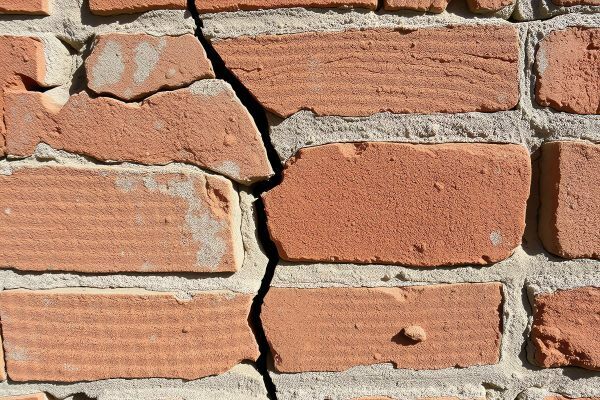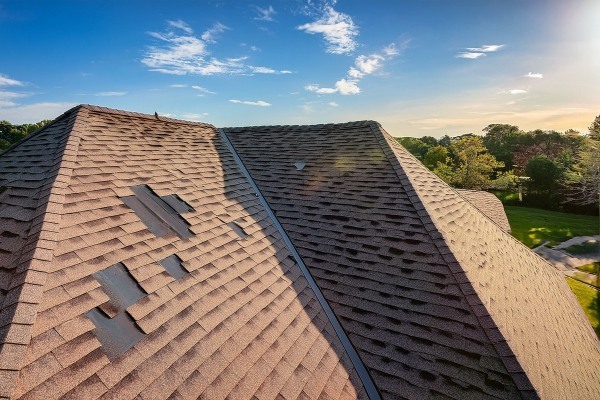
What Is Latent Defects Insurance and Who Actually Needs It?
When it comes to construction projects, everyone wants peace of mind. Whether you’re a developer, contractor, or property owner, knowing that the building will stand the test of time is crucial. That’s where Latent Defects Insurance comes in.
Also known as structural warranty insurance, this type of policy protects against hidden faults in the structure of a building. These issues, known as latent defects, aren’t visible at the time of completion and often only become apparent after the building has been in use for some time. Think of it as a long-term safety net for your construction project.
Who Needs Latent Defects Insurance?
Latent defects insurance is not just a “nice to have” it can be essential for a wide range of people involved in construction and property.
Property Developers
For developers, latent defects insurance is often a key part of making a project market-ready. Buyers and lenders alike want to see that a development is protected from the unknown. This type of insurance provides reassurance that, if any structural issues arise after completion, there’s a policy in place to cover the cost of repairs.
It also boosts the resale value and appeal of your development. Many buyers are wary of taking on a new build without this protection, and some won’t even consider properties that lack it. In short, it gives developers a competitive edge and peace of mind.
Contractors and Builders

If you’re a contractor or builder working on a new project, whether it’s residential, commercial, or mixed-use. Latent defects insurance protects you from disputes further down the line. While the policy is usually taken out by the developer or building owner, it’s there to cover issues that may stem from poor workmanship, design errors, or defective materials.
Although the policy doesn’t directly cover the contractor, having one in place reduces the likelihood of legal action being taken against you. It can also demonstrate your professionalism and commitment to quality if you’re associated with a project that includes this cover.
Homeowners and Property Buyers
For homeowners, especially those purchasing a new-build property, latent defects insurance can be the difference between confidence and worry. It provides long-term protection against hidden structural problems that could otherwise cost thousands to fix. If something goes wrong that isn’t your fault e.g. like a foundation issue or major roof problem, the policy will cover the repairs without the hassle of pursuing legal action against the developer.
Many homeowners don’t realise until it’s too late that their standard buildings insurance often won’t cover latent defects. That’s why this specific type of policy is so important.
Lenders and Investors
Banks, lenders, and other financial backers usually require latent defects insurance as part of their risk management. From their perspective, it safeguards the value of the asset they’re investing in. If a major structural issue arises shortly after project completion, the insurance ensures that it can be put right, protecting their financial stake.
In many cases, financing may not even be approved unless a structural warranty or latent defects policy is already in place. That makes it a non-negotiable for developers seeking external funding.
What Does Latent Defects Insurance Cover?
Latent defects insurance provides cover for the hidden issues that may not be obvious during construction or at the time of completion, but which can cause serious problems later on. These are typically faults in the structural elements of a building.
Major Structural Elements
This includes things like foundations, load-bearing walls, floors, beams, and roofs. If any of these components fail due to a hidden defect in design, workmanship, or materials, the policy will cover the cost of repair or even full replacement if needed.
For example, if the building starts to subside because the foundations weren’t laid correctly even if the problem only becomes clear years later, the insurance will kick in. This kind of cover is vital, as structural repairs can be extremely expensive.
 Design, Materials, and Workmanship
Design, Materials, and Workmanship
Latent defects insurance doesn’t just cover physical faults, it also accounts for errors in design or the use of substandard materials. If poor-quality materials were used, or if the design was flawed in a way that eventually leads to structural issues, the policy can cover the resulting damage.
Importantly, this is a no-fault policy. That means the building owner doesn’t have to prove negligence or take anyone to court. The insurer simply steps in and pays for the necessary work.
Damage Caused by Defects
Not only does the policy cover the defective element itself, but it also covers the damage caused by the defect. For instance, if a leaking roof leads to internal water damage or a cracked wall affects the stability of adjoining rooms, those repairs will usually be included.
Long-Term Cover
Most policies offer cover for 10 or 12 years from the date of completion. They’re also transferable, meaning future owners of the building will benefit too. That makes it a smart move for developers planning to sell and an excellent selling point for buyers.
Examples of Latent Defects
To make it clearer, let’s look at some real-world examples of what might be covered under a latent defects policy.
Poorly Installed Roof
Imagine a new commercial building with a flat roof. Everything seems fine on handover, but within a year, water starts leaking through the ceiling during heavy rain. It turns out the waterproof membrane wasn’t fitted properly. Because this fault was hidden at the time of completion and only revealed later, it qualifies as a latent defect.
Defective Foundations
Another common issue involves the foundations. If the concrete used wasn’t mixed to the correct specification, it might not be able to support the weight of the building long-term. This could lead to cracking walls, uneven floors, or even partial collapse. These types of problems can be incredibly costly to fix—but are exactly what latent defects insurance is there for.
Structural Timber Problems
Timber used in roofs or flooring systems needs to be properly treated. If untreated or incorrectly treated timber is used, it can rot or be affected by pests. This might not show up for several years, but when it does, the damage can be extensive. A latent defects policy would typically cover the cost of replacing the affected structure.
Incorrectly Installed Load-Bearing Beam
Let’s say a steel support beam is installed incorrectly during a refurbishment project. Everything appears fine, but over time, floors begin to slope and doors don’t close properly. Eventually, the problem is traced back to that one beam. Since this defect was present from the start but only revealed itself later, it’s a classic example of a latent defect.
Why It Matters
Latent defects aren’t just inconvenient—they can be devastating. Not only can they lead to expensive repairs, but they can also cause major delays, legal disputes, and even affect the safety of those using the building.
Having the right insurance in place removes a lot of that stress. Whether you’re building, investing, or buying, it gives you protection from the unexpected—and can even make your project more appealing to buyers, tenants, and lenders.
Get Covered with Construction Insure
At Construction Insure, we specialise in finding the right latent defects insurance policy for your needs. Whether you’re building new homes, developing commercial sites, or purchasing a newly built property, we’re here to guide you through the process and make sure you’re properly protected.
Want to find the right cover for your project?
Get in touch today for a no-obligation chat—we’ll explain your options in plain English and help you find the best fit.

